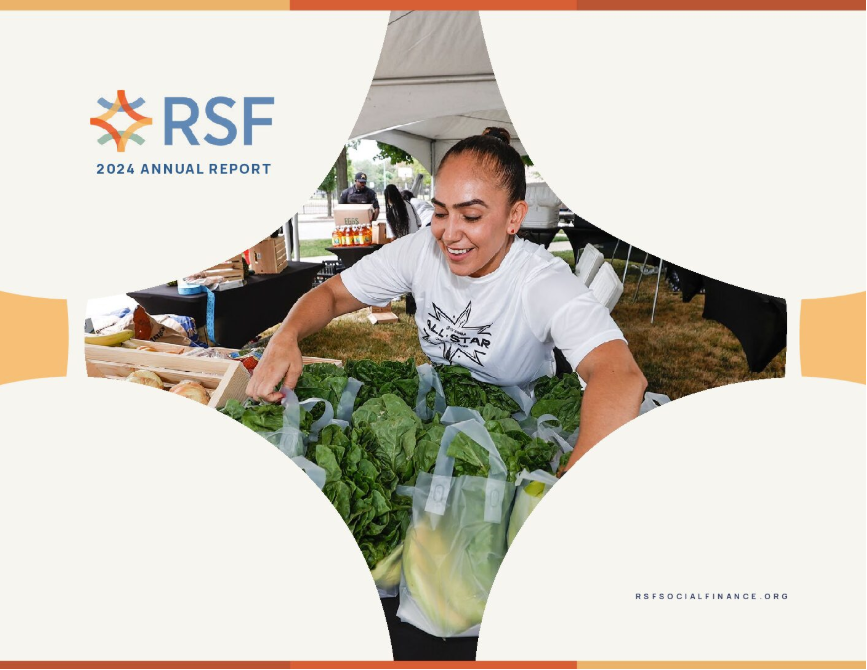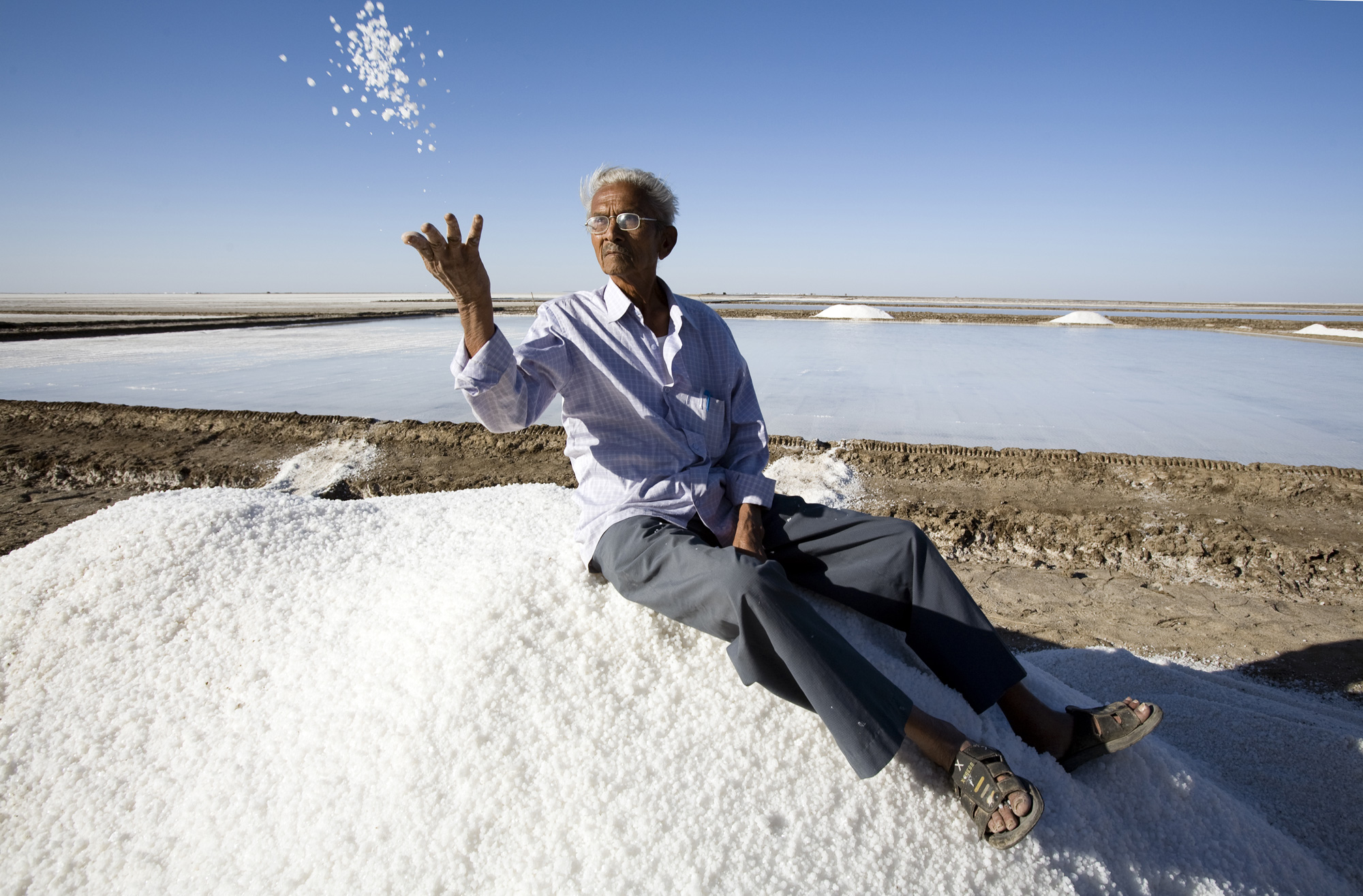Allegra Allesandri Pfiefer transformed a struggling school into the first public Waldorf-inspired high school in the nation. Laura Summer runs a successful year-long arts education program that is completely tuition-free. Both women have experience with the challenges of starting new initiatives that defy others notions of normal. In each case, strong communities played a vital role in their success.
Mark: Laura what are some of the successful practices you have used in building your community at Free Columbia?
Laura: Well, it depends on what you mean by community. We have a small community made up of our students and teachers. Then, there’s our supporting community—the people that care about us. These people provide funding and participate in whatever way they can.
Building community in the two circles is different. In the smaller circle, we take between eight and ten full-time painting students and five to seven puppetry interns for a full-time program, all day long, four days a week. In that community, we’re really working closely together. We do biography work. We do group observations of the artistic work. We have a meal together at least once a week. We sing together. We do eurythmy together. All of these things really help to build this core group and a feeling of community.
Our larger circle extends quite broadly. There’s a circle of local people who are interested in the work. They send us donations. Sometimes, they come to a short course. But a lot of them just want this mission to work. And then there are people all across the country, and even in Europe, who are watching out for us. We also have larger public events including an end-of-the-year arts show, and puppet shows in all the public schools in our town. We hold these events to build our visibility and to give something back to our community.
Mark: Allegra, how have you been able to successfully build community at Washington Carver High School?
Allegra: It starts with having a successful practice. Having a clear vision and mission that is shared by people is what creates a community.
I stepped into a community where some of the leaders had grassroots experience and a shared idea of building a public Waldorf-inspired high school. My work began with clarifying what this high school would look like.
One of the communities I work with is the teachers. We meet weekly to do activities like singing, eurythmy, and storytelling so that we can practice elements of Waldorf education together and learn from and about each other. Building a strong working relationship as a faculty was essential so that we could communicate this vision to the larger community.
And more than half of our students and families aren’t necessarily familiar with Waldorf methods. They are involved because Carver is small and safe, and they share the part of our vision that values relationships and human development.

We’ve done a lot of work in these last six years to build our community of parents and students by celebrating together. A common practice is getting together regularly for events where students perform so that families can live some of the educational experience that their students have had.
Mark: What are some of the challenges or obstacles that you’ve faced in building these communities?
Laura: Free Columbia is still a small initiative. It’s interesting that people often come to the full-time program, and they don’t really understand what this year’s worth of artistic process is about. Some of them have no relationship with Rudolf Steiner’s work at all, but they are searching for something, and that draws them here.
So it means that we have to be extremely specific about the expectations we have for the students. We don’t have any set tuitions, we’re not accredited, and we have this donation-based financial model—people think it’s pretty crazy. But once they get involved, it becomes clear. It’s just reaching that level of understanding within our community that is really challenging.
Allegra: One of the biggest obstacles that we had was inheriting a failing school. It was a huge challenge because we had kids and teachers who were frustrated, angry, and marginalized. I had to learn how to absorb that and build our own community with them. We did that by fostering relationships. We treated people with kindness and respect. And people repeatedly said, “Are you for real? We’ve never been treated like this in a public school before.”
I liked what Laura said regarding being really clear about the program. Within my district, our sister schools ridiculed us because we weren’t understood. As we clarified who we were by building a community, by showing growth, both academically and in enrollment, it became clear to our peers that this was working in the public sector, it wasn’t just a private school model.
Another layer of challenges was in meeting district, state, and federal guidelines and requirements. In America, Waldorf schools have grown up and matured in total freedom as private schools. There was a lot of concern about these government regulations removing that freedom.
By demonstrating the education, the curriculum, teacher expectations, student expectations, and outcomes, we have made it clear to the public education system and our private school peers that the public Waldorf-inspired schools are valid, valuable, and thriving educational environments.
Laura: It’s so interesting because what you have created is the strongest answer to objections that a Waldorf school can’t exist within the public sector.
People told me that my students wouldn’t appreciate something unless they paid for it. Until we tried it, I didn’t have a great response to that. But once we established this new model and it worked, then that was the best response to our critics. The living example is so powerful.
Allegra Allesandri Pfiefer is the principal of George Washington Carver School of Arts and Science, the first public Waldorf-inspired high school in the nation. She is a graduate of Sacramento Waldorf School and a founder and teacher of San Francisco Waldorf High School. Allegra earned her doctorate at UC Davis as part of her mission to bring Waldorf education to a wide variety of educational institutions. Sacramento City Unified School District serves 45,000 students and is the only school district in the US to support three public Waldorf-inspired schools educating over 1000 school children.
Laura Summer is co-founder with Nathaniel Williams of Free Columbia, an arts initiative that includes a year-long program based on the fundamentals of painting as they come to life through spiritual science. She has been working with questions of color and contemporary art for 25 years and her approach is influenced by Beppe Assenza, Rudolf Steiner, and by Goethe’s color theory. Her work, to be found in private collections in the US and Europe, has been exhibited at the National Museum of Catholic Art and History in New York City and at the Sekem Community in Egypt.


